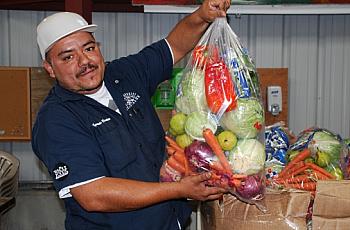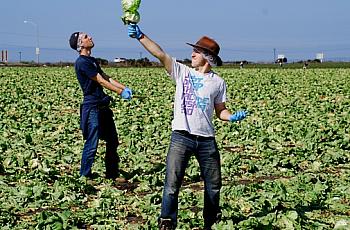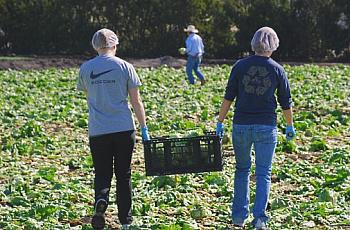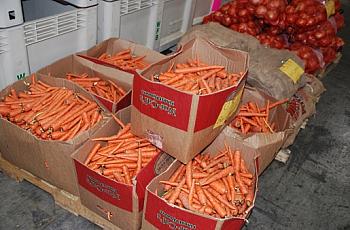
Maria Gaura
Editor

Editor
I’m a longtime newspaper reporter who spent more than a decade covering Silicon Valley for the San Francisco Chronicle. I anchored the Chronicle’s San Jose bureau, covering local government, health and justice, and was a member of the Chronicle’s environmental coverage team. Since leaving the Chronicle I have reported and co-produced segments on health issues for public radio station KAZU, and founded SantaCruzWire.com, a news website covering my hometown of Santa Cruz, CA.

<p>At the first meeting in L.A. we could see that we were not the only ones feeling torn between the desire to do in-depth reporting and the time-consuming demands of marketing that work on social media. However, over time, we came to appreciate how critical it is to reach out to readers via social media, how quickly readers' habits are changing, and how the web is redefining the concept of community.</p>

<p>An estimated 20 percent of all field crops grown on California’s Central Coast are left in the field or thrown out at the packing shed. Volunteers for a farmer-run non-profit in Santa Cruz salvage the surplus and send them to local food banks.</p>

<p>Farmers in Santa Cruz, Monterey and San Benito counties donate thousands of tons of fresh fruits and vegetables to food banks every year, supply feeding centers as far away as Washington and Colorado. It’s a massive foodlift operation that all began 38 years ago with a freezer full of slightly

<p>When California’s first food bank opened in this Central Coast city in 1972, its mission was simple and practical: eliminate hunger by collecting society’s surplus food and giving it to people in need. But over the years, the mix of donated foods has changed dramatically. Here's why.</p>
<p>In recent years it has become apparent that the poor quality of processed food is driving an epidemic of ill health in the U.S. and disproportionately affecting low-income Americans. As a local food bank official put it, "We have gone from the Cold War of too few calories to the terrorism of too many calories." A consortium of community groups, rooted in Central California's farming community, has become a leader in the search for solutions.</p>